Without turning this into a disgusting post about my dental history, I’ll just say that I got enough nudges to get some orthodontic work done that I finally investigated it. Once the orthodontist gave me a detailed overview of my mouth, I was grossed out enough that I couldn’t wait to get started. But this was still more preventative maintenance than anything else.
All I knew about Invisalign was that it was expensive and that it was hard to tell if people were wearing it. Both proved true. The details were interesting though. The process starts with a full 3D scan of my mouth. Based on that scan, the orthodontist designs a correction plan and ships it off to Invisalign. The company takes all the data and predicts how much my teeth should move each week. For each week they print a separate set of clear U-shaped “trays” that fit over the top and bottom teeth. I then had an appointment where the orthodontist’s office put anchors onto my teeth in specific places. They would get them into mostly the correct position and then a custom template (also printed by Invisalign) was held on my teeth while they used a UV light to cure what I assume was resin.
I’ll go back for another visit at the 11 week mark for a physical check up but otherwise, everything is handled through an app. Each week I use an adapter they provided for my phone to take pictures of my mouth with and without the trays in. Through some combination of automated scanning and human verification, they make sure that the trays are working as planned and then clear me to move on to the next set of trays.
I wondered why Invisalign was targeted more at older kids and adults than at younger kids. For example, Elijah has regular braces right now and Invisalign wasn’t even part of the conversation. I think it’s because the trays can be a lot more work. You have to take them out every single time you eat and anytime you drink anything except water. After you finish eating or drinking, you have to brush your teeth and then reinsert the trays. That’s not terrible, but the trick is that you’re supposed to have the trays in 20-22 hours per day. More is better. I’ve heard that some people really push the limits of how long they can leave them out, but I figure if I’m paying this much money, I want it to work so I almost always hit the 22-hour mark, if not 23.
The side effect here is that it’s an amazing weight loss program for three reasons:
- It’s annoying to go through the hassle of cleaning my teeth just for a snack.
- My teeth hurt some days and it’s painful to chew.
- My teeth are moving around and some days they just don’t line up very well making it hard to chew.
Add all those things together and I’m dropping about two pounds per week. I’m currently hovering right around my “record” low point as an adult. I’m curious to see how far this will go. I feel like I generally still eat what I want but there is literally zero snacking at any point in the day. I’ve been good about cutting out extra food at various points in my life before, but I’m curious to see how much of this will stick around given that I’m forced to do it for so long.
The total process varies by patient but mine was estimated to last around 16 months. About halfway through, they’ll do another scan, assess the progress, and print another set of trays. I expect I’ll know more about the total estimated duration at that point. On the Invisalign website, I can track my progress and see a video of what will change over the first half of treatment and it’s incredible how much my teeth will move.
Once this is all done, I’ll get a retainer to wear (hopefully only at night) for the rest of my life. That is, of course, optional, but given that I really don’t want to go through this cost/effort again, I expect I’ll make good use of that.


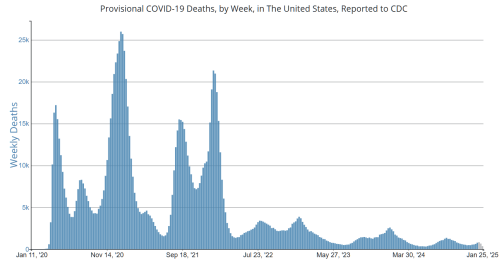

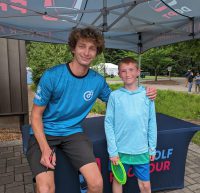
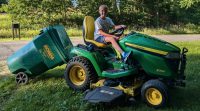

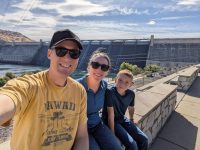

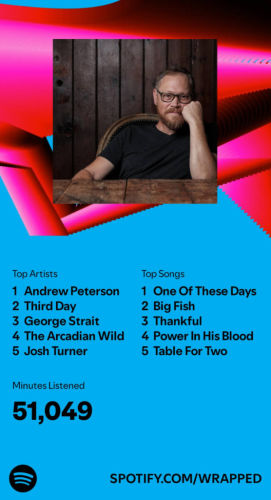

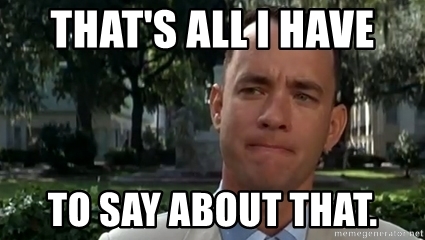
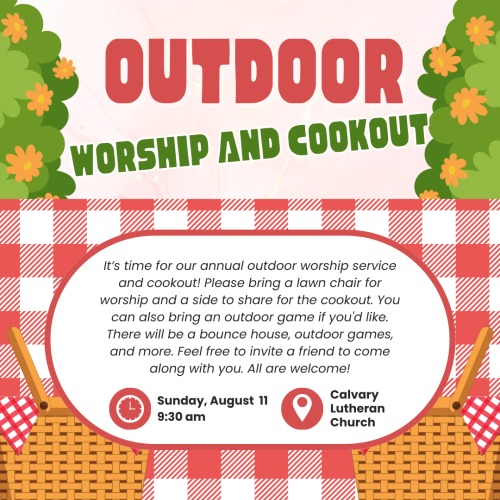

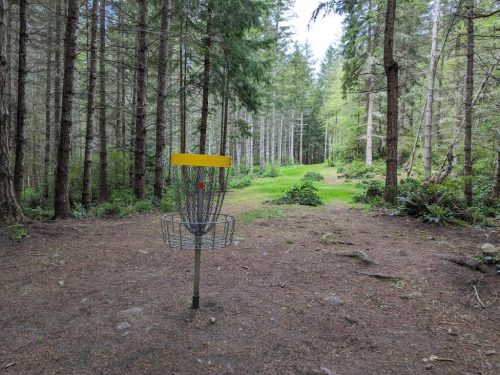

Leaving the Nest
A few years ago, Elijah and I built a birdhouse. We looked up all the recommendations for the dimensions of a birdhouse that would work for birds in our area and then waited anxiously. Year after year no birds were using it. Initially we found that the inside was getting wet so we improved the design. Then we wondered if the location was not inviting so we attached it to the house under and overhang where no squirrel could ever reach. We even installed an extra security camera aimed at the box to see if maybe they were using it and we just couldn’t tell. Nothing.
Then finally this year we started seeing a couple chickadees making a lot of trips to/from the birdhouse! Later we heard lots of chirping from the babies. The parents made so many trips back and forth bringing them food. Then finally one day it was quiet.
I scanned the camera footage and I think I found video of all five(?) babies leaving the nest. The internet says 6-8 babies are more common so it’s possible that I missed a couple. I edited it down to about 5 minutes so if you want to check out the riveting footage, it’s there for you to enjoy:
It sounds like there is a small chance that a mating pair would attempt a second brood in one year so we’ll wait until later in the summer to clean out the birdhouse and see what we find.